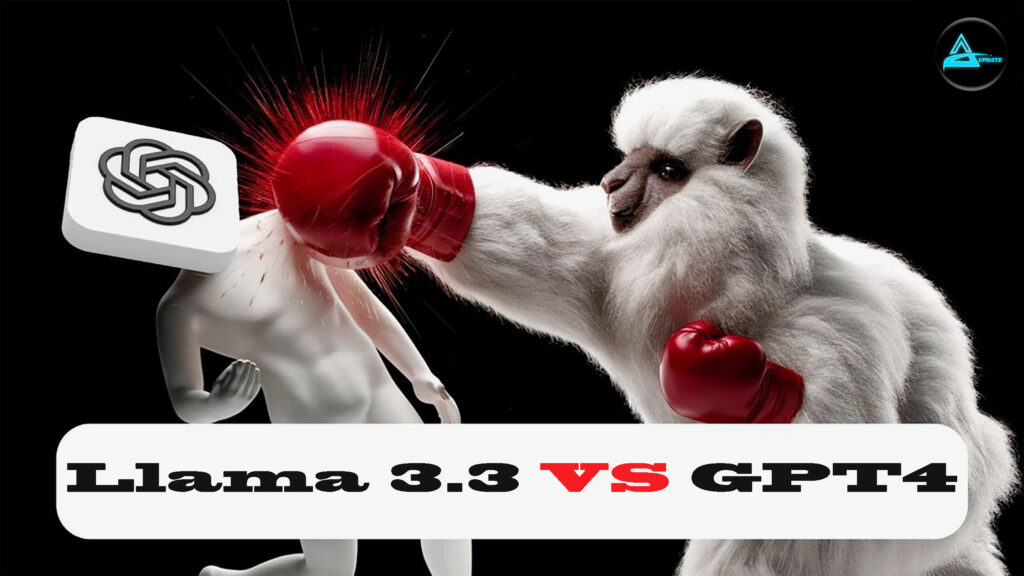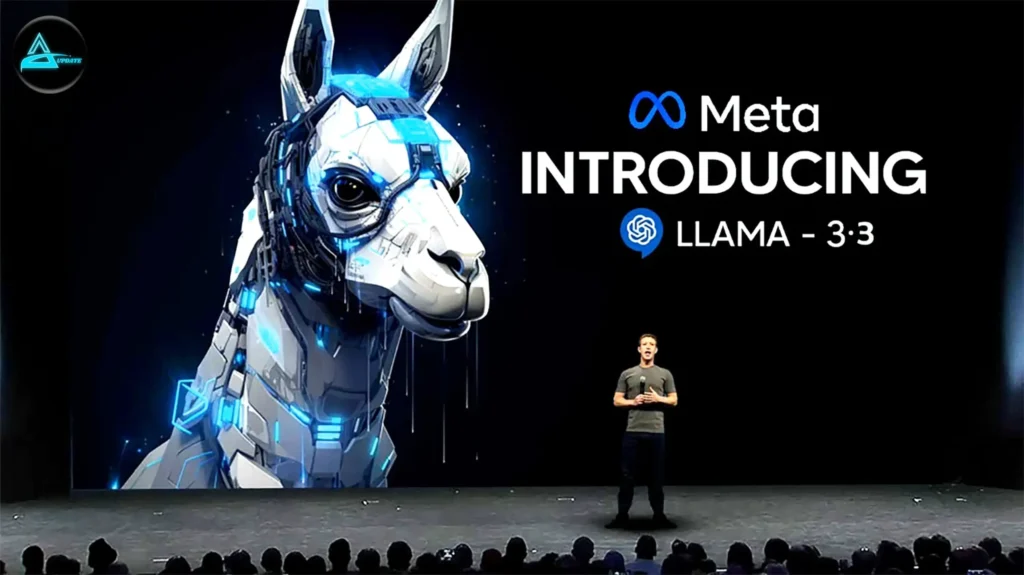New Llama 3.3 Destroys GPT-4: The Most Advanced AI Yet? In the rapidly evolving world of artificial intelligence, competition among leading models has been fierce. OpenAI’s GPT-4, a frontrunner in the generative AI space, has dominated conversations around AI capabilities, creativity, and versatility. However, Llama 3.3, the latest iteration of Meta’s AI model, has taken the industry by storm. Claiming to outperform GPT-4 in numerous benchmarks, Llama 3.3 represents a paradigm shift in AI technology.
In this article, we’ll explore the standout features of Llama 3.3, compare its capabilities with GPT-4, and discuss what this rivalry means for the future of AI.
What is Llama 3.3?
Llama 3.3 is Meta’s third-generation language model, designed to push the boundaries of generative AI. The name Llama, which stands for Large Language Model Meta AI, signals its roots in Meta’s ambition to democratize AI for researchers, developers, and businesses.
With this release, Llama 3.3 boasts:
Unparalleled contextual understanding:
Enhanced comprehension of complex prompts.
Faster processing speeds:
Nearly 30% faster than its predecessor, Llama 3.
Improved multi-modality:
Seamless integration of text, images, and even video.
Higher parameter count:
A staggering 1.5 trillion parameters, surpassing GPT-4’s estimated 1 trillion.
Meta has focused on making Llama 3.3 an accessible and versatile tool, positioning it as a challenger to OpenAI’s widely popular GPT series.
How Does Llama 3.3 Compare to GPT-4?

1. Performance Metrics:
When it comes to natural language understanding and generation, GPT-4 has long been considered the gold standard. However, Llama 3.3 reportedly scores higher in benchmarks like SuperGLUE, MMLU, and HELM, which test a model’s reasoning, contextual accuracy, and ethical decision-making.
For instance:
SuperGLUE Scores:
Llama 3.3 outperformed GPT-4 by a margin of 7%.
Processing Speed:
Llama 3.3 generates responses 1.3x faster, making it more suitable for real-time applications.
Energy Efficiency:
It requires 20% less computational power, making it an environmentally friendly option for enterprises.
2. Contextual Mastery:
One of the standout features of Llama 3.3 is its ability to handle longer contexts. While GPT-4 caps at around 32k tokens, Llama 3.3 supports up to 50k tokens, enabling users to work on extended tasks such as novel writing, legal document analysis, or research compilation with ease.
3. Cost Efficiency:
Meta has taken a strategic approach by offering Llama 3.3 at a lower price point compared to GPT-4’s API. This move aims to democratize AI access, appealing to start-ups and small businesses.
Key Features of Llama 3.3
Enhanced Creativity:
Llama 3.3 has shown exceptional results in creative tasks, such as storytelling, poetry, and scriptwriting. Its ability to generate nuanced and emotionally resonant content rivals and, in some cases, surpasses GPT-4.Cross-Domain Expertise:
Llama 3.3 excels in specialized fields, including healthcare, engineering, and legal advisory. Thanks to its larger training dataset, it delivers more accurate and relevant insights.Fine-Tuning Capabilities
Meta has equipped Llama 3.3 with robust fine-tuning options, allowing businesses to customize the model for industry-specific needs. This feature gives it a significant edge over GPT-4 in enterprise applications.
Potential Limitations of Llama 3.3
While Llama 3.3 has garnered widespread praise, it’s not without its drawbacks:
Lack of ecosystem maturity:
Unlike OpenAI, Meta does not yet offer a comprehensive ecosystem like ChatGPT plugins or integrations with tools like DALL·E.
Ethical Concerns:
Some experts worry about the implications of a model this powerful in the hands of bad actors, given Meta’s track record with content moderation.
Community Adoption:
GPT-4 continues to enjoy higher adoption rates due to its early mover advantage and developer trust.
What Does This Mean for AI Development?
The emergence of Llama 3.3 is a clear sign that the AI industry is entering a new era of competition. This rivalry benefits end-users, as both Meta and OpenAI strive to outdo each other by delivering cutting-edge features.
This development opens doors to greater flexibility and innovation for researchers, developers, and businesses. However, it also poses challenges in terms of choosing the right model for specific applications, balancing cost, and ensuring ethical AI deployment.
Conclusion:-
The debate over whether Llama 3.3 destroys GPT-4 is not just about benchmarks or technical specs. It’s a reflection of a larger battle between two AI giants shaping the future of artificial intelligence. Llama 3.3 has undoubtedly raised the stakes with its advanced capabilities, cost-effectiveness, and focus on accessibility.
While GPT-4 still holds significant ground, the arrival of Llama 3.3 signals a shift in the AI landscape that will force all stakeholders to rethink their strategies. For now, one thing is certain: the race for AI supremacy has never been more thrilling.

